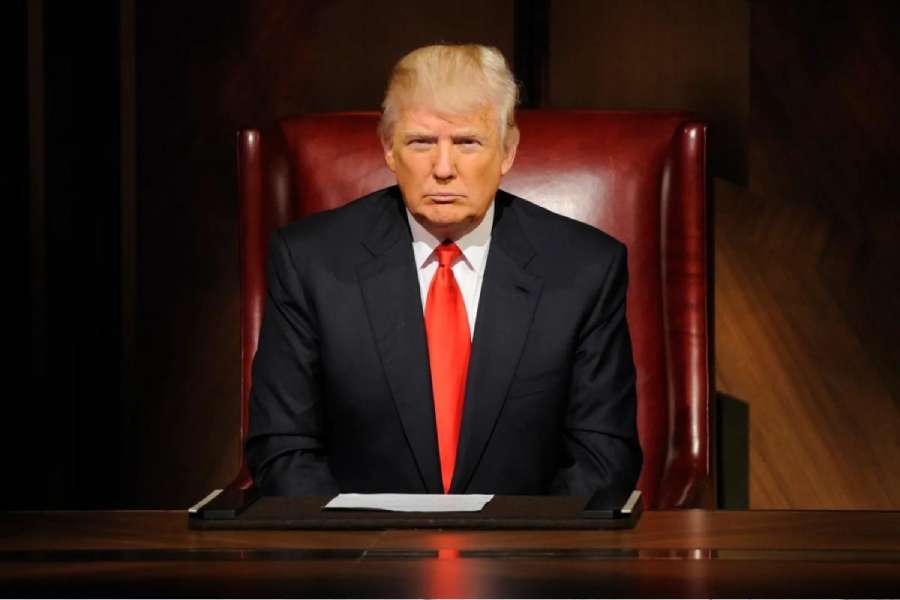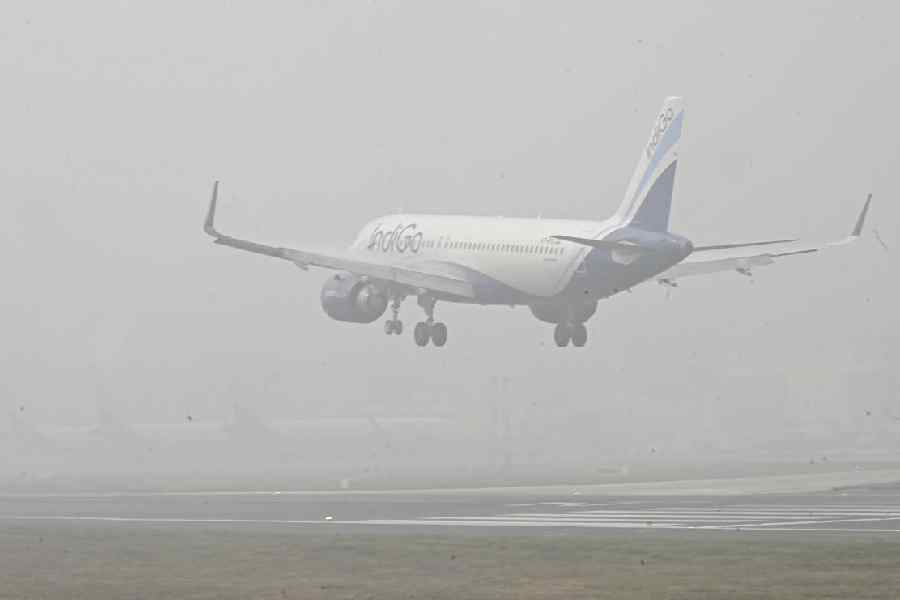Global businesses are on alert as the US president Donald Trump prepares to announce a fresh wave of reciprocal tariffs at a ceremony scheduled for 4 pm Eastern Time (1:30 am IST) on Wednesday, a day the White House has dubbed "Liberation Day."
The duties, which have been stacking on top of imposed rates, are expected to take immediate effect.
Autos & Electric Vehicles hit hard
Last week, Trump declared a 25 per cent tariff on auto imports, set to take effect on Wednesday.
The move is expected to have an impact on Ford, General Motors, and Stellantis, which have manufacturing operations outside the US. Tesla, in contrast, faces a lesser blow due to its predominantly domestic production.
The tariffs will apply to imported passenger vehicles and light trucks, with key auto components such as engines, transmissions, and powertrain elements facing similar levies.
While vehicle tariffs are slated for April 3, the duties on parts will come into force by May 3.
Experts warn that not only will new car prices rise, but the cost of vehicle repairs and insurance premiums will also increase as foreign-made parts become more expensive.
The Indian automobile sector remains unscathed, as no US car brands operate manufacturing units in India, nor do Indian manufacturers export vehicles to the US
Pharma and Semiconductors in the crosshairs
The pharmaceutical and semiconductor industries will also face the brunt of Trump’s aggressive trade policies.
In February, the president signalled his intention to impose 25 per cent tariffs on semiconductors and related products.
According to Reuters, US chipmakers, including Nvidia, are scrambling to mitigate the fallout, with Nvidia's CEO confirming plans to shift manufacturing to the US.
The president announced that pharmaceutical products and semiconductor tariffs could increase beyond 25 per cent over the course of a year.
Trump has given drug and chip manufacturers some time to establish US-based production to circumvent these levies, though no concrete timeline has been provided.
The pharmaceutical sector is particularly concerned, as India, a major supplier of generic medicines to the US, could face heavy restrictions.
While India imposes a 10 per cent tariff on US pharma imports, the US has historically not taxed Indian pharmaceuticals.
But sector-specific tariffs remain at Trump’s discretion.
Computers and Consumer Electronics at risk
Personal computer manufacturers such as Dell are assessing potential price hikes due to tariffs on Chinese imports.
Research firm International Data Corporation has already revised its PC market forecast downward for 2025 and beyond, citing tariff-related risks.
Consumer electronics are also in jeopardy, with estimates suggesting laptop and tablet prices could surge by 46 per cent, while smartphones could see a 26 per cent increase.
Nearly 90 per cent of video and audio equipment sold in the US is imported, leaving consumers vulnerable to price hikes.
Retail and E-commerce brace for higher costs
Retailers, including Walmart, Target, and Best Buy, have been pressuring suppliers to control prices amid anticipated tariff-related cost increases.
If duties on Vietnamese imports are enacted, sportswear and apparel giants such as Nike, Adidas could see disruptions, given that Vietnam supplies nearly half of their products.
Alcohol producers — including Brown-Forman, Diageo, Anheuser-Busch, Constellation Brands, and Molson Coors — are also caught in the tariff crossfire due to levies imposed on Canada, Mexico, and China earlier this year.
E-commerce firms such as Shein, Temu, and AliExpress could suffer if changes are made to the "de minimis" trade exemption, which currently allows duty-free entry for goods valued below $800.
The National Retail Federation projects that clothing prices could spike by 20%, with a $50 sweater potentially rising to $60, and men’s jeans jumping from $80 to $96.
Energy and resource sectors feel the heat
Tariffs on Canadian uranium could drive US uranium prices up by 10 per cent, according to miner Cameco.
Levies on energy imports could push retail gasoline prices higher, further straining American consumers.
Financial sector faces economic uncertainty
The banking sector, which had been poised to benefit from the Republican electoral victory, is now grappling with economic uncertainty fuelled by tariffs.
The KBW Regional Banking Index has fallen by nearly 7 per cent, with analysts warning that profit estimates could be at risk due to businesses adopting a cautious "wait-and-see" approach.
In the European Union, Trump’s tariffs could dampen economic growth, with European Central Bank (ECB) President Christine Lagarde warning that a 25 per cent tariff could lower eurozone GDP by 0.5 percentage points while pushing inflation higher.
Travel and Tourism face indirect fallout
While the travel and tourism industry is not directly targeted, ripple effects from the tariffs could make the US a less attractive destination for international visitors.
Economic uncertainty has already forced airlines to lower their first-quarter expectations, with some carriers reducing flights to maintain profitability.
With Trump’s aggressive trade policies reshaping the economic landscape, businesses and consumers alike face an uncertain and costly road ahead.
Inputs from agencies











